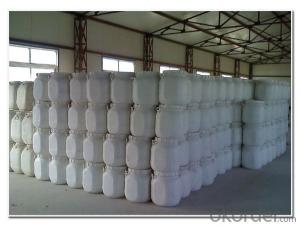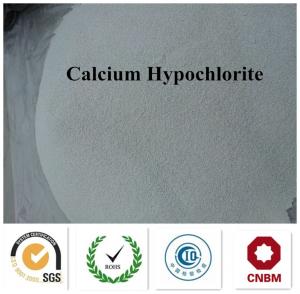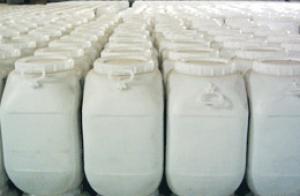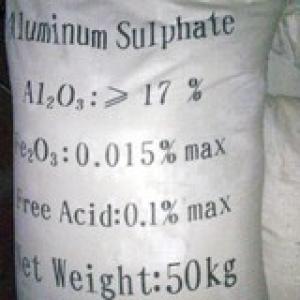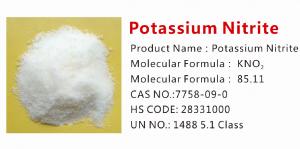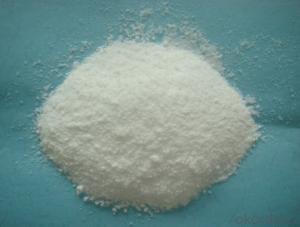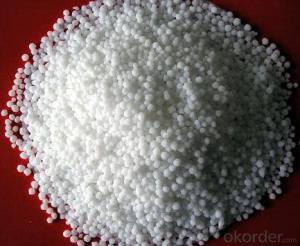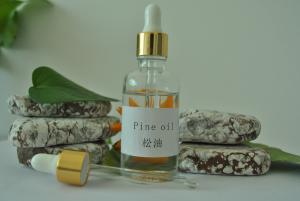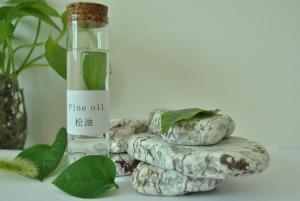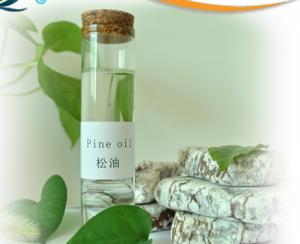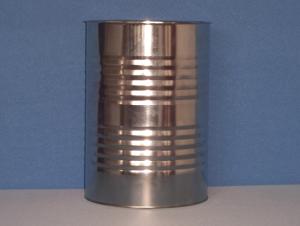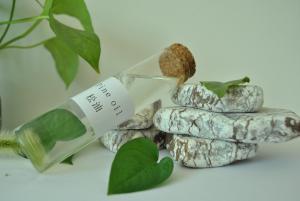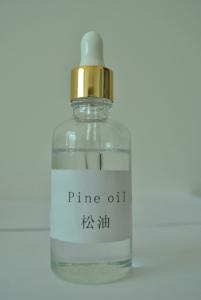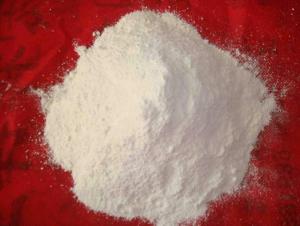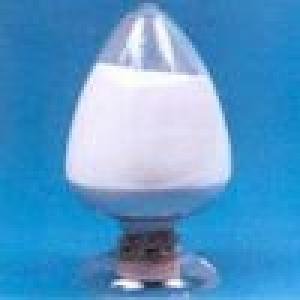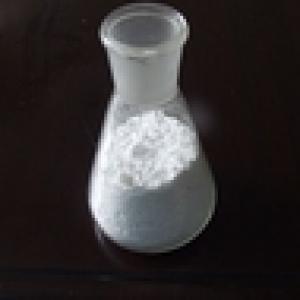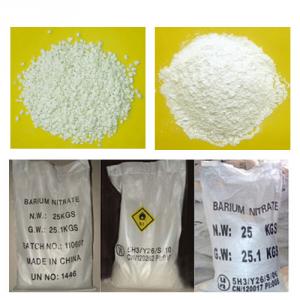Pine Oil with Cheap Price and Good Quality and Fast Delivery and Strong Package
- Loading Port:
- Tianjin
- Payment Terms:
- TT or LC
- Min Order Qty:
- 17.6
- Supply Capability:
- 3000 m.t./month
OKorder Service Pledge
OKorder Financial Service
You Might Also Like
1. Structure of Pine Oil Description:
CAS NO.: 8002-09-3
MF: C10H17OH
PURITY:
Purity: 45% 50% 70% 80%
Packing&Delievery: 170kg/iron drum (Capacity of per 20'FCL: 80 drums,totally 13.6mt per container)
All year Delievery
2. Main Features of Pine Oil:
The pine oil is widely used in the flotation of various metallic and non-metallic minerals. It is mainly used in the flotation of various sulfide ores,such as lead,copper,zinc,and iron sulfide,and non-sulfide minerals. It exhibits some collecting properties,especially for readily floatable minerals such as talc,graphite,sulphur,molybdenite and coal etc.The froth produced by pine oil is more persistent than that produced by other frothers.As a good foaming agent of non-ferrous metals,has been widely used both at home and abroad,with low foam,high concentrate grade,strong adaptability,fine and dense foam and the foaming speed and defoaming speed is fast,easy operation,no impact on subsequent flotation and is appropriate the separation of polymetallicore.
3.Pine Oil Images



4.Pine Oil Specification
Item | 50% | 65% | 70% | 85% |
Appearance | Slight-yellowish or brown-yellowish oil-shape liquid. | |||
Color and state( Max). | 6 | 6 | 6 | 6 |
Content of water (Max). | 0.7 | 0.7 | 0.7 | 0.7 |
Total acid value (Min) | 50 | 65 | 70 | 85 |
Gravity | 0.866 | 0.90-0.92 | 0.90-0.92 | 0.92-0.94 |
Distillation range(°C) | 168-230°C | 170-225°C | 170-225°C | 190-225°C |
Impurities(MAX) | 0.5% | 0.5% | 0.5% | 0.5% |
PH value | 5-7 | 5-7 | 5-7 | 5-7 |
Impurity( Max). | 0.5 | 0.5 | 0.3 | 0.3 |
5.FAQ
1)How many tons does your factory can supply each moth?
30000tons/month
2)How to quarantee the quality of the products?
you can arrange SGS&BV or other quality inspection.
3)How many days you need to pepare the cargo after we made the order?
- Q: For science I have to find out what salts are used for but when i search a salt like lithium sulphate it always comes up with "would you like to buy" could you please tell me what these salts are used for*lithium sulphate*zinc nitrate*sodium phosphate
- HI I'M PNT. LITHIUM SULFATE is a white inorganic salt with the formula Li2SO4. It is used to treat bipolar disorder. It is soluble in water, though it does not follow the usual trend of solubility versus temperature — its solubility in water decreases with increasing temperature . This property is shared with few inorganic compounds, such as the lanthanoid sulfates. Lithium sulfate crystals, being piezoelectric, are also used in ultrasound-type non-destructive testing because they are very efficient sound generators. However they do suffer in this application because of their water solubility. ZINC NITRATE: Zinc nitrate (Zn(NO3)2) is a chemical compound used as a mordant in dyeing. It is also a source of zinc ions for chemistry. An example reaction gives a precipitate of zinc carbonate:Zn(NO3)2 + Na2CO3 → ZnCO3 + 2 NaNO3. Conditions/substances to avoid are: reducing agents, organic materials, metal powders, heat and flame, cyanides, sodium hypophosphite, tin(IV) chloride, phosphorus, thiocyanates, carbon, and sulfur. Its Relative Molecular Mass is 189. SODIUM PHOSPHATE: Sodium phosphate are forms of phosphorus, which is a naturally occurring substance that is important in every cell in the body. Sodium phosphate is used to treat constipation and to clean the bowel before surgery, x-rays, endoscopy, or other intestinal procedures. Sodium phosphate enemas are also used for general care after surgery and to help relieve impacted bowels. Sodium phosphate may also be used for other purposes not listed in this medication guide REGARDS, PNT.
- Q: What do we get from the milk?
- (3.00 grams), carbohydrates (3.40 grams), vitamin A (24.00 micrograms), thiamine (0.03 mg), riboflavin (0.14 mg), Nick Acid (0.10 mg), vitamin C (1.00 mg), vitamin E (0.21 mg), calcium (104.00 mg), phosphorus (73.00 mg), sodium (37.20 mg), magnesium (11.00 mg), iron (0.30 mg) Zinc (0.42 mg), selenium (1.94 micrograms), copper (0.02 mg), manganese (0.03 mg), potassium (109.00 mg), cholesterol (15.00 mg)
- Q: People do not eat salt tears with no inorganic salt
- I suddenly think of a science program that found a place a strange person, never drink water, then a variety of surprises. Finally, the scientist came out to explain that he can get the daily water needed from the food.
- Q: Please help i need the answer for a classwork assignment due today. I've looked everywhere online but i cant find the answer.
- the web page (below) discusses: Basal Salt Mixtures The use of balanced salt solution (BSS) in cell and tissue culture is generally attributed to early workers in the field. In 1885, Sydney Ringer developed a solution of inorganic salts designed to maintain contractility of mammalian heart tissue. A less specific salt solution was designed by Tyrode for use in work with primary mammalian cells. Tyrode's salt solution became the accepted fluid for diluting protein components of media of natural origin. Since that time, many other balanced salt solutions have been developed for use in cell and tissue culture. The current role of balanced salt solution in cell culture is multi-faceted and can be divided into four principle functions. see web page for extensive discussion on the good things about it
- Q: What is inorganic salt? Lemon flavor, citric acid, is it an inorganic salt?
- Although the inorganic salt in the cell, the body content is very low, but the effect is very large, if the attention of diet diversification, eat less animal fat, eat brown rice, corn and other coarse grains, do not eat too much refined flour, Salt to maintain the normal level of citric acid is an important organic acid, also known as citric acid, no ...
- Q: How to isolate the effects of inorganic salts on enzyme solubility
- Most enzymes are proteins, and high concentrations of inorganic salts can denature the protein and precipitate. The enzyme can be separated by this principle.
- Q: what is the function of the organic part of bone matrix?of the inorganic part(bone salts)?
- The organic part is cells that produce bone matrix (inorganic) with excess calcium and phosphorus, and break down the bone salts when the calcium is needed elsewhere in the body. The inorganic matrix provides protection, support and structure for the body. And, actually, red bone marrow is the place where formed elements of the blood are manufactured. Dude, this is not exactly botany. :-P
- Q: What is the use of inorganic salts and organic salts?
- The organics are compounds containing carbon, and the inorganic salts are salts containing no carbon. For example, we usually eat sugar is organic matter, salt is inorganic salt.
- Q: What is the relationship of electronegativity and the solubility of a inorganic salts?Does the solubility increase when electronegativity decreases or vice-versa? or neither...
- The higher the electronegativity, the stronger the acid would be... Therefore it would be more soluble. take NaCl (common table salt) as an example. The difference between Na's electronegativity and Cl's electronegativity is very high so NaCl is a very soluble salt. The only exception is HF - it is a weak acid - it dissociates very weakly because O-H bonds cannot break H-F bonds which are very strong.
- Q: What are the nutritional requirements for bacterial growth?
- For carbon: pathogens are mainly obtained from sugars.
Send your message to us
Pine Oil with Cheap Price and Good Quality and Fast Delivery and Strong Package
- Loading Port:
- Tianjin
- Payment Terms:
- TT or LC
- Min Order Qty:
- 17.6
- Supply Capability:
- 3000 m.t./month
OKorder Service Pledge
OKorder Financial Service
Similar products
Hot products
Hot Searches





